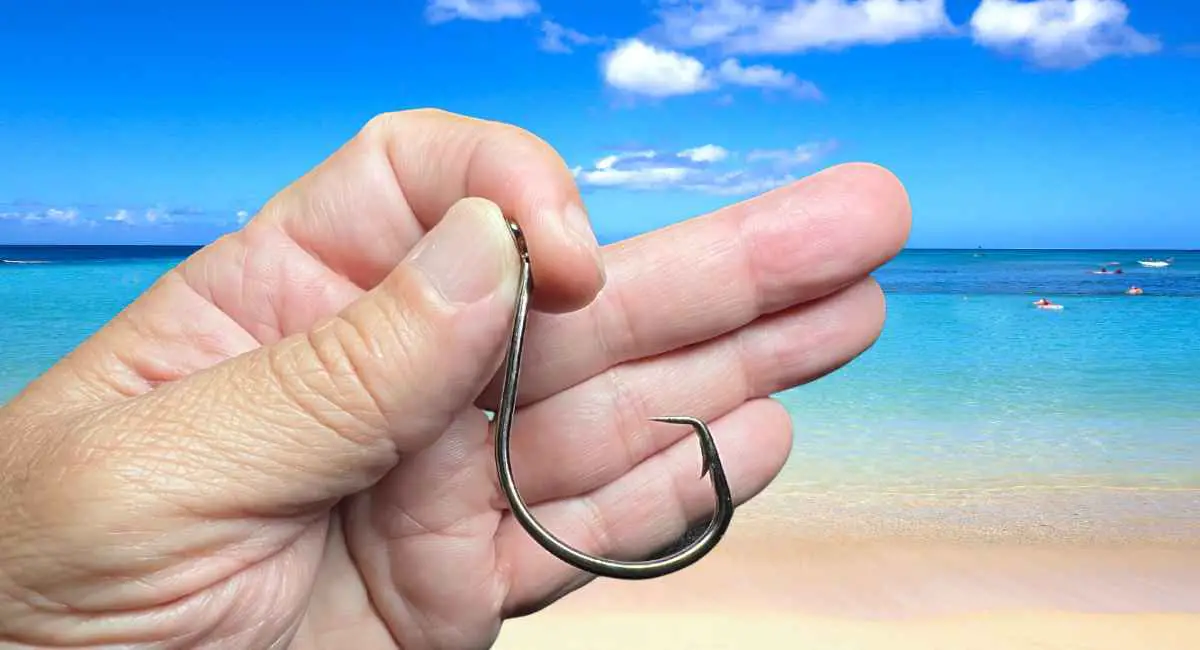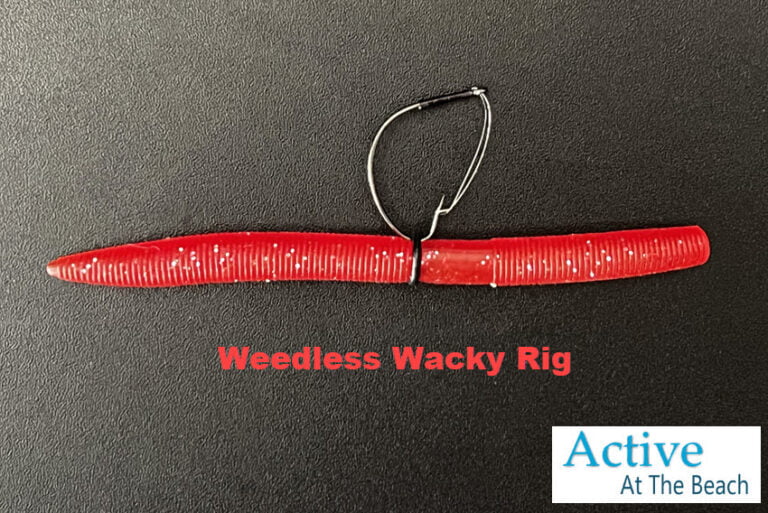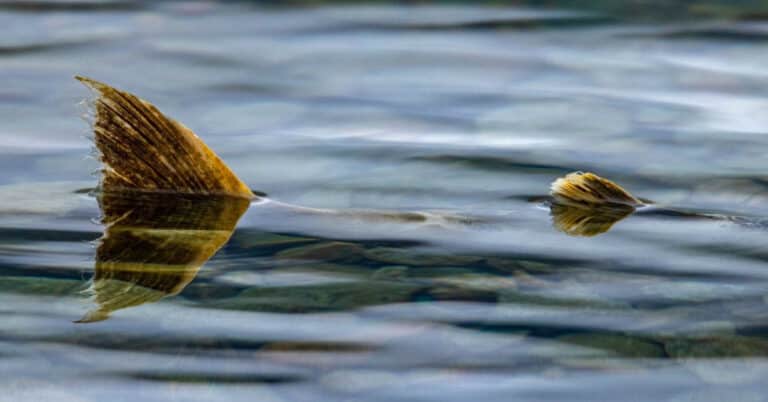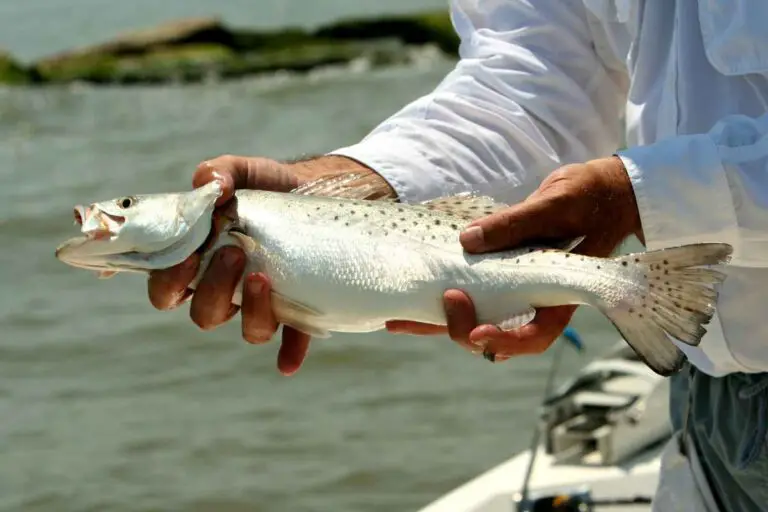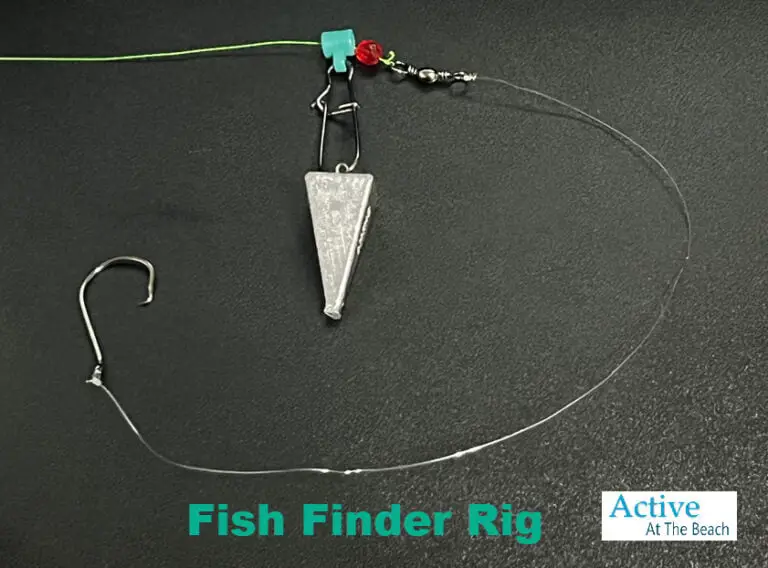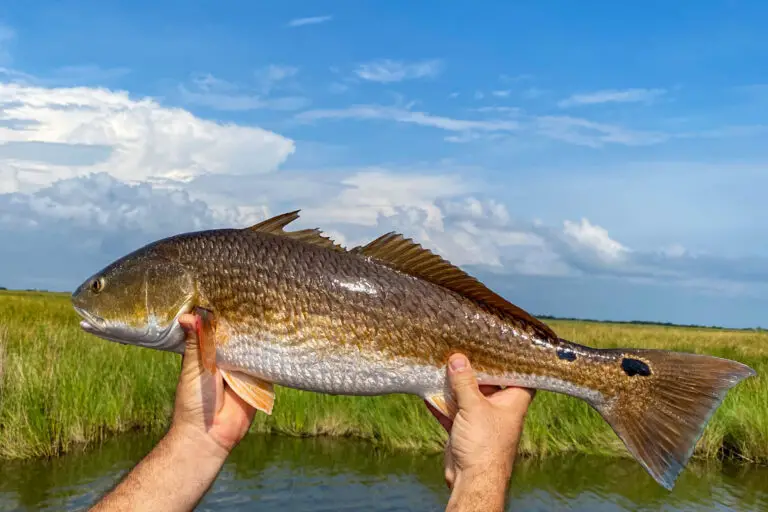Circle Hook Size Chart: A Comprehensive Guide for Anglers
Estimated reading time: 8 minutes
Ready to level up your fishing game? Look no further than our Circle Hook Size Chart! I can tell you that choosing the right hook size is crucial for landing those big catches. Whether it’s the 2/0 circle hooks, size 4 circle hooks, 2 circle hooks, or size 1 circle hooks, we’ve got you covered.
Picking the perfect hook size is key to reeling in your desired catch. Circle hooks, known for their practical design that increases hooking success while being gentle on the fish, are a top choice. Their unique barb placement ensures a lip hook, making them one of the most effective tools for landing your prize. But, selecting the proper size circle hook can be a bit puzzling, especially if you’re new to fishing. In this article, we’ll break down the components and sizes of circle hooks, giving you valuable tips on choosing the perfect hook size for your target fish.
But we have a handy tool at their disposal: the circle hook size chart. This bait size chart lets you easily find the perfect hook size for your bait and target fish, ensuring a successful and exciting fishing trip.
So, let’s dive in for a successful fishing experience.
How To Select A Circle Hook
Selecting the right circle hook size can be challenging for new anglers. The first step is to determine the type of fish you are targeting and the bait you will use. Once you have this information, refer to a circle hook size chart to determine the appropriate hook size.
Using a Circle Hook Size Chart
A circle hook size chart is a valuable tool for anglers. It provides information on the appropriate hook size based on the type of fish and bait. The chart also includes information on the hook’s strength, gap size, and shank length.
When using a circle hook size chart, it is essential to consider the fishing conditions. For example, if the water is rough, you may need to use a larger hook size than recommended, as shown in the chart.
Circle Hook Size Chart For Saltwater Fishing
| Circle Hook Size | Target Species | Recommended Bait Size and Description |
|---|---|---|
| 8/0 | Marlin, Sailfish, Tuna | Large baitfish such as mackerel, mullet, or bonito. You can also use whole squid or larger artificial trolling lures. |
| 7/0 | Shark, Grouper, Amberjack | Whole fish such as mullet, mackerel, or pinfish. Large cut bait like barracuda or bonito chunks are also effective. |
| 6/0 | Snapper, Dorado, Cobia | Medium-sized baitfish such as pilchards, threadfin herring, or finger mullet. Squid or cut bait can also be productive. |
| 5/0 | Redfish, Striped Bass, Tarpon | Live or cut baitfish like finger mullet, pinfish, or menhaden. Crabs or shrimp can also entice these species. |
| 4/0 | Snook, Flounder, Bluefish | Medium-sized baitfish such as pilchards, finger mullet, or pinfish. Shrimp, crab, or cut bait can also be effective. |
| 3/0 | Sheepshead, Sea Trout, Drum | Small baitfish like finger mullet, pilchards, or pinfish. Shrimp, crabs, or sand fleas are also enticing to these fish. |
| 2/0 | Speckled Trout, Fluke, Weakfish | Small baitfish like pilchards, finger mullet, or pinfish. Shrimp or soft plastic lures imitating baitfish are also effective. |
| 1/0 | Sheepshead, Porgy, Grunts | Small baitfish such as pilchards, pinfish, or mullet. Crabs or shrimp can also entice these species. |
| 1 | Panfish, Small Snapper, Sea Bass | Small baitfish like pilchards, pinfish, or small mullet. Worms, small pieces of shrimp, or cut bait are also effective. |
| 2 | Panfish, Grunts, Small Flounder | Small baitfish like pilchards, pinfish, or small mullet. Worms, small pieces of shrimp, or cut bait can also attract them. |
| 3 | Pompano, Whiting, Croaker | Small baitfish such as small mullet, pilchards, or pinfish. Sand fleas or shrimp can also attract these species. |
| 4 | Panfish, Small Grunts, Sea Trout | Small baitfish such as pilchards, pinfish, or small mullet. Worms, small pieces of shrimp, or cut bait are also effective. |
Circle Hook Size Chart For Freshwater Fishing
| Circle Hook Size | Targeted Freshwater Species | Recommended Bait |
|---|---|---|
| 5/0 | Catfish, Carp, Pike, Musky | Whole shad, carp, or large minnows; cut bait like chicken liver, worms, or prepared dough baits. |
| 4/0 | Bass, Walleye, Northern Pike | Live or cut baitfish such as minnows, shiners, or chubs; nightcrawlers, leeches, crayfish, or small jigs. |
| 3/0 | Trout, Salmon, Striped Bass | Small baitfish like minnows, shiners, or small sunfish; nightcrawlers, worms, insects, or small spinners. |
| 2/0 | Crappie, Panfish, Smallmouth Bass | Small baitfish such as minnows, shiners, or small sunfish; soft plastic worms, grubs, insects, or small spinners. |
| 1/0 | Bluegill, Perch, Small Catfish | Small baitfish like minnows, shiners, or small sunfish; nightcrawlers, crickets, insects, or small jigs. |
| 1 | Trout, Panfish, Small Bass | Small baitfish such as minnows, shiners, or small sunfish; nightcrawlers, crickets, insects, small jigs, or soft plastic lures. |
| 2 | Crappie, Bluegill, Perch | Small baitfish like minnows, shiners, or small sunfish; mealworms, wax worms, small pieces of nightcrawlers, or small jigs. |
| 4 | Sunfish, Rock Bass, Crappie | Small baitfish like minnows, shiners, or small sunfish; mealworms, wax worms, small pieces of nightcrawlers, or small jigs. |
| 6 | Bluegill, Perch, Small Trout | Small baitfish like minnows, shiners, or small sunfish; mealworms, wax worms, small pieces of nightcrawlers, or small jigs. |
| 8 | Panfish, Small Sunfish | Small baitfish like minnows, shiners, or small sunfish; mealworms, wax worms, small pieces of nightcrawlers, or small jigs. |
| 10 | Panfish, Small Bluegill | Small baitfish like minnows, shiners, or small sunfish; mealworms, wax worms, small pieces of nightcrawlers, or small jigs. |
| 12 | Panfish, Small Perch | Small baitfish like minnows, shiners, or small sunfish; mealworms, wax worms, small pieces of nightcrawlers, or small jigs. |
Components of a Circle Hook
In my years of fishing experience, I’ve learned that the size of a circle hook is determined by the gap between its point and hook shank. The bigger the gap, the larger the hook size.
To better understand circle hooks, let’s break down their components.
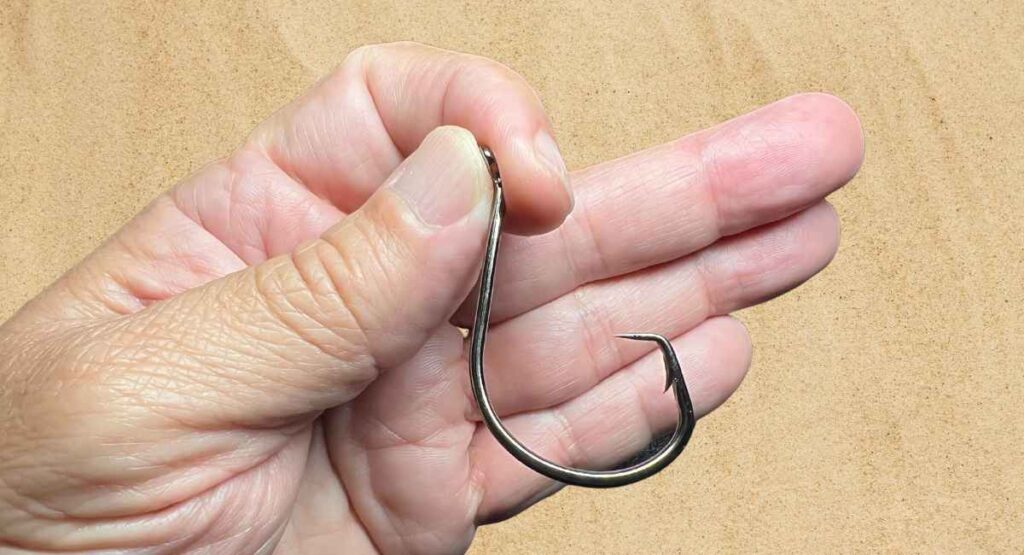
A circle hook consists of three main parts: the shank, the bend, and the point.
- The shank is the straight section that connects to your fishing line.
- The bend forms the curved shape of the hook.
- The point is the sharp end that penetrates the fish’s mouth.
Let’s take a closer look. A 4/0 hook boasts a larger gap than a small 1/0 hook. Another factor to consider is the bait you’re using, which influences the ideal hook size. Live bait calls for a smaller hook size, while cut bait and dead bait require a larger one.
In-Line vs. Offset Circle Hooks
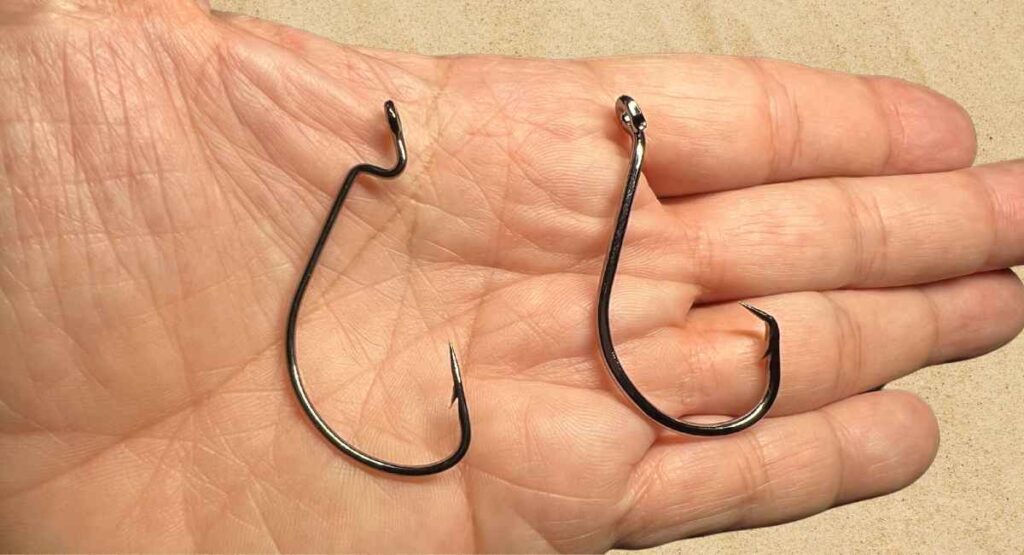
Regarding circle hooks, you’ll encounter two main types: in-line and offset. In-line circle hooks have the hook point aligned with the hook shank, while offset circle hooks have the hook point angled away. Let’s dive into the advantages and disadvantages of each type.
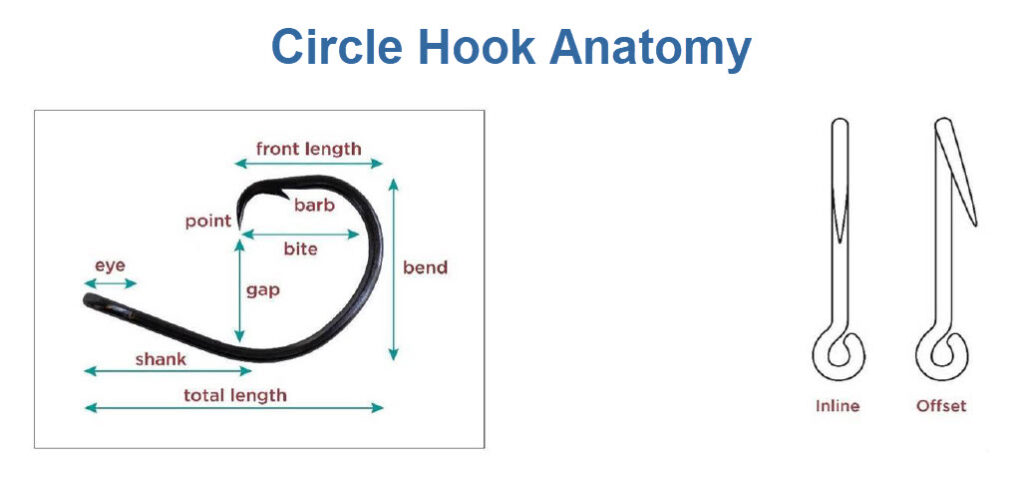
In-line circle hooks reduce deep hooking by snagging the fish in the mouth’s corner. This makes unhooking easier and more humane and prevents gut hooking. But here’s the catch: setting the hook with an in-line circle hook requires more force, which can be a challenge for beginners.
Now, let’s talk about offset circle hooks. They’re beginner-friendly because you need less force to set the hook. Plus, they’re versatile and can handle various bait sizes. However, remember that offset hooks have a higher risk of hooking the fish in the throat, which can harm or even kill them.
When deciding between traditional in-line and offset circle hooks, consider your fishing style and the size of your target fish. Offset circle hooks work well for larger fish, while traditional in-line circle hooks are ideal for smaller ones.
Choosing the Right Circle Hook Size
When choosing the right circle hook size for your fishing trip, there are a few important factors to consider.
Factors to Consider
When choosing a circle hook size, it’s crucial to consider various factors. Firstly, the target fish species determines the appropriate hook size. Panfish, for instance, are best caught with size 6 or 8 circle hooks, while striped bass or walleye require size 2 or 4 hooks.
The type of bait used is another important consideration. Live bait typically calls for smaller hooks, whereas dead or cut bait generally requires a set of larger hooks to penetrate the meat effectively.
Additionally, fishing conditions should influence your choice of circle hook size. In calm waters, smaller hooks are generally suitable, while rough waters necessitate larger hooks for better stability and hooking potential. Considering these factors, you can select the optimal circle hook size for a successful fishing trip.
Circle Hook Sizes
Summary: Regarding circle hook sizes, there are two systems: the “ought” sizes (1/0, 2/0, etc.) and the numbered sizes. In the “ought” sizes, the bigger the number, the bigger the hook. However, the opposite is true in the numbered sizes, where the more significant the number, the smaller the hook.
Smallest circle hook sizes:
- For the “ought” sizes, the smallest commonly available size is 1/0.
- In the numbered sizes, the smallest commonly available size is #32.
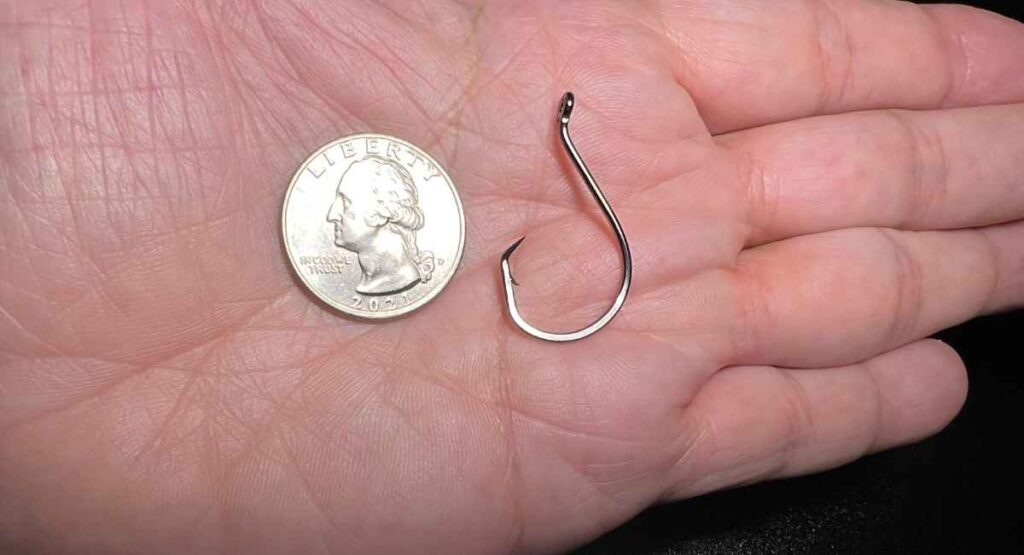
Largest circle hook sizes:
- The largest commonly available size for the “ought” sizes is 10/0.
- In the numbered sizes, the largest commonly available size is #1.
Circle hook size range (from smallest to largest):
- #32 to 10/0
- #32 to #1 numbered, smaller sizes
- 1/0 to 10/0 “ought”, larger sizes
The appropriate circle hook size depends on the type of fish you are targeting and the bait size you use.
Using Circle Hooks for Saltwater Fishing
Circle hooks are designed to lightly hook the fish in the corner of the fish’s mouth, which results in less harm to the fish and makes it easier to catch fish and release them back into the water. Here are some tips for using circle hooks in saltwater fishing.
Types of Saltwater Fish to Target
Circle hooks can catch various Saltwater fish, including marlin, striped bass, perch, walleye, pike, largemouth bass, carp, catfish, reds, cobia, yellowtail, and red snapper. When choosing the right size of a circle hook, it’s essential to consider the size of the fish you are targeting. A 2/0 hook is usually sufficient for inshore fishing, while offshore fishing may require a larger hook.
Tips for Using Circle Hooks in Saltwater Fishing
When it comes to using circle hooks, let me tell you, bait selection is vital. Live bait, cut bait, and eels are all excellent choices. With live bait, you want to hook it in a way that lets it swim naturally, enticing those fish. Cut bait calls for a hook size that can pierce through the meat and ensure a solid hookset. As for eels, hook them through the bottom jaw and out through one of the eyes for optimal presentation.
Here’s a handy tip: give the fish a chance to take the bait before applying any pressure on that hook. Circle hooks are designed to let the fish do the work, setting the hook themselves. Once you feel that tug on the line, reel in the slack nice and steady, then gradually lift your rod to apply pressure on the hook.
If you’re fishing from a boat, be sure to use a rod holder to keep your gear secure and prevent any accidental spills overboard. And remember, always use a good quality circle hook and keep an eye on its condition. Check it regularly for any signs of wear and tear.
So there you have it, my friend. Circle hooks and the right bait are a winning combination for a successful fishing trip. Now go out there, cast your line, and reel in those big ones!
Conclusion
In conclusion, choosing the right circle hook size is crucial to ensure a successful fishing experience. After conducting research and analyzing the information gathered, I have come to the following conclusions:
- The hook size should match the size of the bait being used.
- Circle hooks are more effective than a traditional J hook in reducing fish mortality rates and gut hooking.
- The larger the number in the hook size, the smaller the hook.
Overall, by selecting the appropriate circle hook size, you can significantly increase your chances of catching the species of fish you are targeting while also minimizing harm to the fish population.

